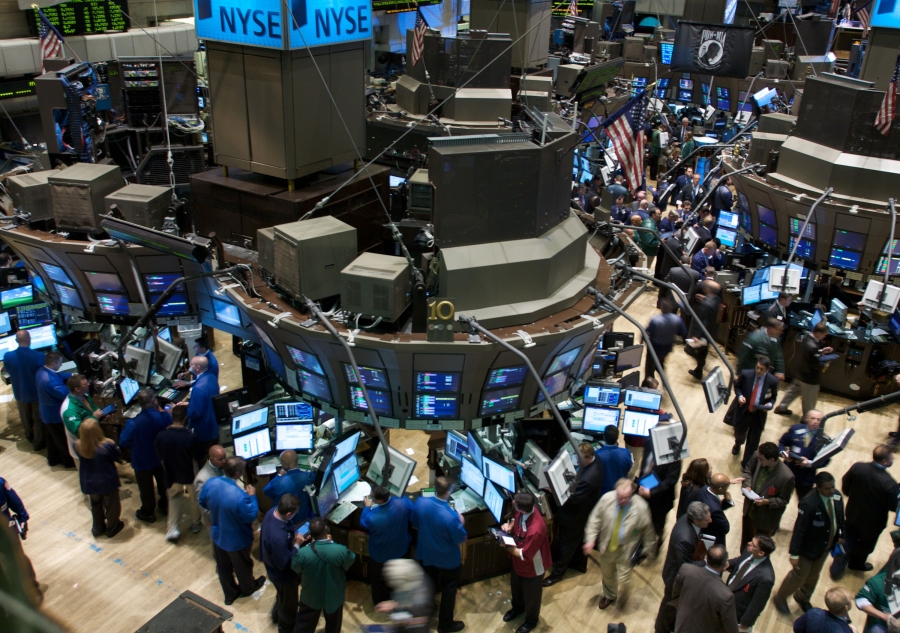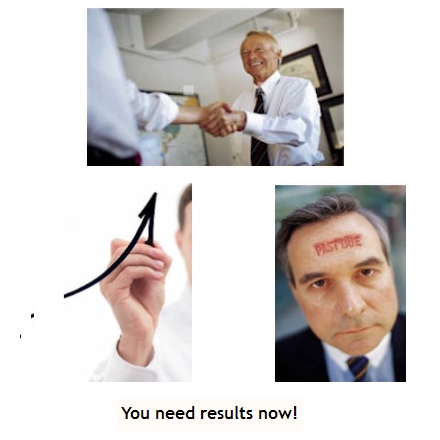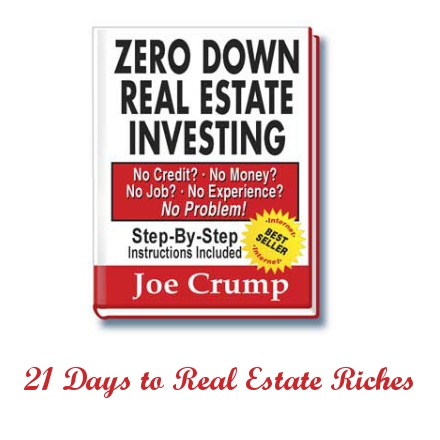How stocks trade

Stock Market - How stocks are traded ?
Everybody talks about *trading stocks*. They are not really traded in reality . For example, when someone says Iíll trade 100 Microsoft for 86 Sun microsystems. The trade here means either buying or selling in the financial markets.
Stocks are traded on exchanges. Stock exchanges are places where buyers and sellers meet and decide a price based on different factors. Exchanges can be physical locations where transactions are carried
out on a trading floor, you have picturized a trading floor on which traders are wildly yelling, throwing their arms up, waving, and signalling to each other. In todayís technologically advanced world there is
another type of exchange which is virtual. The virtual stock exchange is composed of computer networks where trades are made electronically.
A stock market facilitates the exchange of securities between buyers and sellers, reducing the risks of investing. This makes it easier than a situation where to sell shares one had to call around the
neighbourhood trying to find a buyer. Basically, a stock market is just a highly-sophisticated farmerís market linking buyers and sellers.
How a virtual exchange handles trading a billion shares a day is beyond the understanding of the investor. What makes it special is the fact that an order of thousand shares is handled as carefully and
precisely as an order of a hundred thousand shares. There is no need to understand how this works technically;However, having an understanding of how markets function is a basic requirement for an
investor.
Before we look into ways of trading stocks, we must be able to differentiate between primary and secondary market. In primary market securities are created (by means of an IPO-Initial Public Offering)
whereas, in the secondary market, investors trade previously issued securities without the involvement of the issuing companies. It is secondary market which people refer to when discussing stock
market. The investor must understand that a company is not directly involved in the trading of its stocks.
NYSE - New York Stock Exchange
The New York Stock exchange is the most prestigious stock exchange in the world. Founded over 200 years ago in 1792, the NYSE is the market of choice for the big companies in America. The NYSE is
the first type of exchange (as mentioned above), where most of the trading is done on the trading floor. Trading face-to-face on floor is also referred to as listed exchange.
The investors place an orders to the brokerage firms that are members of the exchange. These orders come into the exchange through brokerage firms and are forwarded down to floor brokers who go to a
specific spot on the floor where the stock trades. This location, known as the trading post, has a specific person who is a specialist in matching buyers and sellers. Prices are determined using an auction
method: the current price is the highest amount any buyer is willing to pay and the lowest price at which someone is willing to sell. The details are sent back to the brokerage firm after a trade has been
made, who then notifies the investor who placed the order. Although there is human involvement in this process, computers do play a huge role in the process.
The NASDAQ
The second type of is the virtual exchange (as mentioned earlier) also known as Over-The-Counter(OTC) market. Of all the OTC markets, NASDAQ is the most well known. There is no trading happening
on the floor here. Instead, trading is done through computers and telecommunication networks of dealers. In old times, big companies used to be listed only on NYSE and the stocks of smaller companies
were traded on other exchanges;However, the technology boom in late 90ís changed this trend and now the stocks of big companies like Microsoft, Cisco and Dell are traded on NASDAQ. This has
made NASDAQ a strong competitor of NYSE.
On virtual exchanges like NASDAQ, brokerages act as market makers for many different stocks. The market maker provides continuous bid and ask prices within a prescribed percentage spread for shares
for which they are designated to make a market. Sometimes they match up buyers and sellers directly but usually they maintain an inventory of shares to meet demands of investors.
Other Exchanges
American Stock Exchange (AMEX) is the third largest exchange in the U.S.. The AMEX used to be an alternative to the NYSE, but NASDAQ now provides stronger alternative to NYSE. In fact, the National
Association of Securities Dealers (NASD), which is the parent of Nasdaq, bought the AMEX in 1998. Now all the trading on the AMEX is in small-cap stocks.
Every country in the world has many different stock exchanges. Even though the American markets are the largest, they still represent only a fraction of total investment around the globe. The London Stock
Exchange in London, and The Hong Kong Stock Exchange in Hong Kong are the two other main financial hubs. The over-the-counter bulletin board (OTCBB) is also worth a mention. The Nasdaq is an over
-the-counter market, but the term commonly refers to small public companies that don't meet the listing requirements of any of the regulated markets, including the Nasdaq. The OTCBB is home to penny
stocks because there is little to no regulation. This makes investing in an OTCBB stock very risky.
Table of contents: Stock Market tutorial
1. Stocks: An introduction.
2. What are stocks ?
3. Types of stocks.
4. How stocks trade
5. How stock prices change ?
6. How to purchase stocks ?
7. How to read a stock table/quote.
8. Animals in stock market
9. Stock Market Tutorial: Summary.







